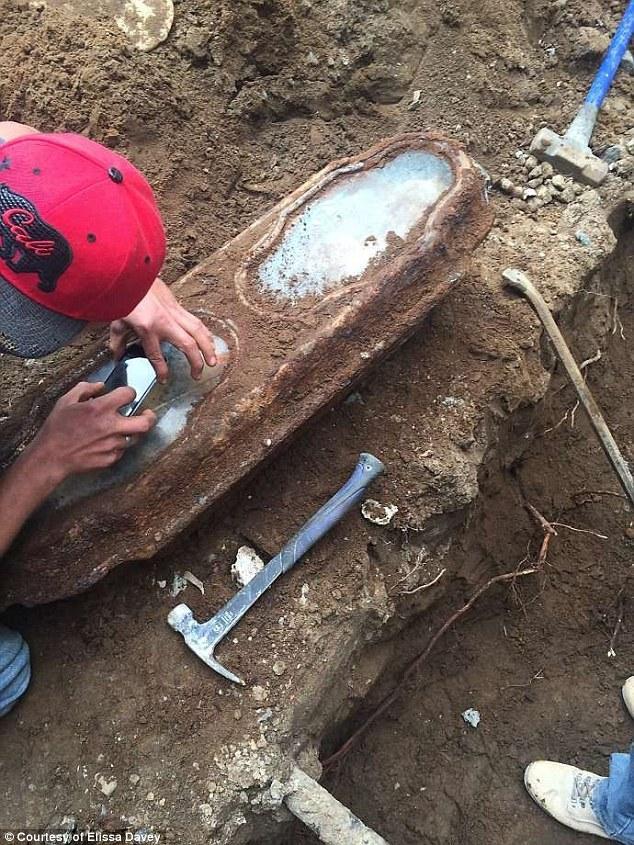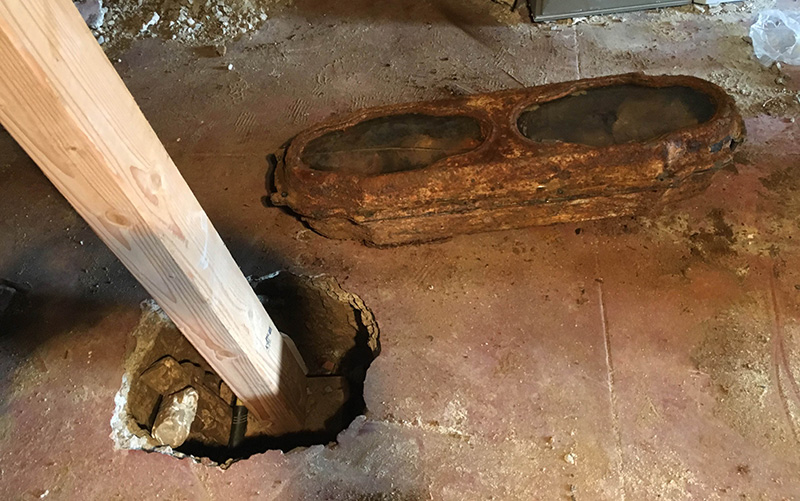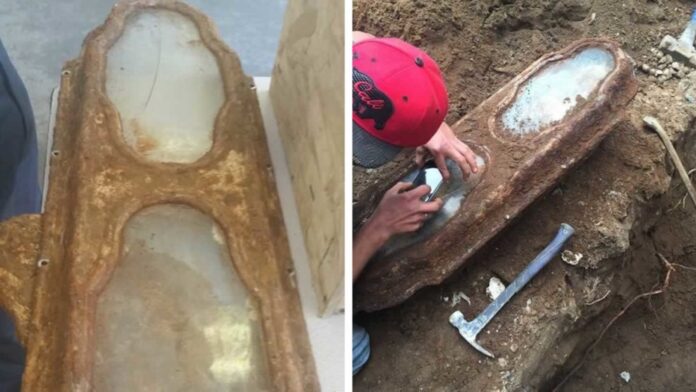In the bustling urban landscape of modern San Francisco, a poignant tale from the past emerged during a routine home renovation, bridging two centuries and reviving the forgotten life of a young girl named Edith Howard Cook.
Discovery and Identification
The Unexpected Find
During a 19th-century-inspired renovation in San Francisco’s Richmond District, workers unearthed a small, exquisitely crafted coffin made of lead and bronze. Hidden within this sealed capsule was the well-preserved body of a young girl, her hands gently clasping a single red rose.

This discovery, amidst a city known for its relentless progress, bewildered both the renovation crew and city officials who thought all remains had been relocated from the area’s original cemetery.
Identifying Edith
The child in the coffin was subsequently identified as Edith Howard Cook, who tragically died just before her third birthday on October 13, 1876. The effort to name her was led by the Garden of Innocence, a nonprofit that arranges burials for unidentified children.

Researchers from various University of California campuses collaborated, utilizing a combination of historical documents and contemporary forensic methods to establish her identity, piecing together a forgotten chapter of the city’s history.
Circumstances Surrounding Her Death
Cause of Death
Forensic analysis indicated that Edith likely succumbed to severe malnutrition exacerbated by an infection—a stark reminder of the health adversities children faced during the 19th century, regardless of their family’s socio-economic status.

Family Background
Edith was born into the Cook family, with her father Horatio Nelson Cook and mother Edith Scooffy Cook being prominent figures in their community. The choice of an expensive metal casket for their daughter’s final resting place highlights the family’s standing and underscores the era’s cultural emphasis on death and mourning rituals.
The Historical Context
The Odd Fellows Cemetery
Originally, Edith was interred at the Independent Order of Odd Fellows Cemetery. The cemetery was operational until 1902, after which the city relocated graves to Colma to accommodate urban development. Most remains were moved, but Edith’s were mysteriously left behind, her burial place obscured until its accidental discovery over a century later.

Preservation and Remains
Edith’s remarkably preserved state, including the still-intact burial flowers, suggests that her casket was airtight—protecting her remains from the ravages of time. This preservation was crucial in allowing researchers to extract viable biological samples for DNA analysis, which confirmed her identity and linked her directly to living descendants, offering a tangible connection to San Francisco’s Victorian-era inhabitants.
Conclusion and Reflections
The rediscovery of Edith Howard Cook provides not only a window into the personal tragedies and societal norms of 19th-century San Francisco but also highlights the advancements in forensic science and genealogy. Through these technologies, we are able to reconstruct lost histories and honor those who came before us, ensuring that even the smallest lives are remembered. Edith’s story, once hidden beneath layers of history and development, now enriches our understanding of the city’s rich and complex past.




